This story is part of Covering Climate Now, a global collaboration of more than 220 news outlets to strengthen coverage of the climate story.
As the summer days end, if you drive the nearly 40-kilometre gravel road snaking through the boreal forest to a research facility off the Trans-Canada Highway, you’ll find dozens of researchers packing up, ready to move back to their respective cities and towns across Canada.
The research site isn’t anything special to look at: a handful of buildings nestled in the forest, set up both for housing researchers and for the onsite laboratories used to run the countless water samples and other data collected from the 58 pristine lakes surrounding the humans’ base.
Other than this small imprint of development, the research facility known as the Experimental Lakes Area (ELA) is nothing but water, rocks and trees: pure, unadulterated Canadian Shield.
Six years ago, federal scientists were almost forced to leave the remote area just over 100 kilometres east of the Manitoba border: the ELA was close to using up the last of its funding before the research site would be shuttered for good.
“I was dismayed by thinking of that sort of loss,” said David Schindler, a professor emeritus of biological sciences at the University of Alberta and the founding director of the ELA circa 1968. “I guess there was a little bit of shock on my part that they would have dared to close such a prominent project.”
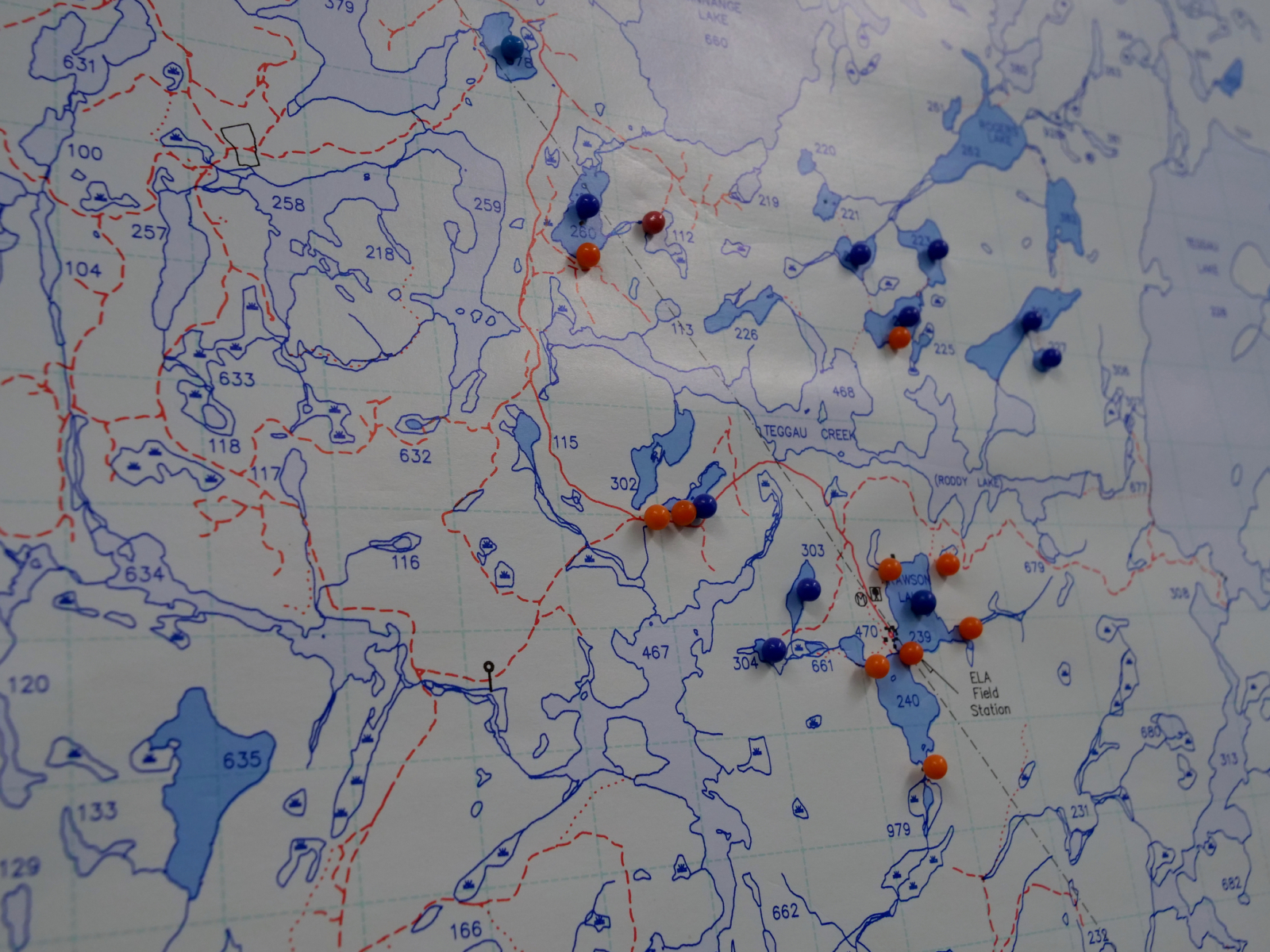
A subsection of a map that adorns the wall of the main research building shows the darker blue lakes as the ones assigned to the ELA, pins marking where experiments are being run. Photo by Sarah Lawrynuik
There is no other area in Canada — likely in the world — where control of a group of lakes, representing an entire temperate ecosystem, could be reassigned for scientific research other than the ELA.
Far removed from human influence, the site is the only place where scientists can properly study the effects of climate change on freshwater habitats free from other stressors, or how far microplastics are penetrating into Canada’s wilderness.
It is the only site in Canada where you could intentionally dump oil or selenium or estrogen into a lake to discover what the effects are.
The loss of all of this was imminent in 2013, the spring after Stephen Harper’s Conservative government announced it was pulling all funding for the unique, world-class federal research facility. It was part of slashes to science funding and sweeping layoffs for Fisheries and Oceans employees.
“We felt quite safe before,” said Vince Palace, the ELA’s head scientist. “I was a government scientist, I thought I would retire a government scientist. So in 2012, when we got what was an effective notice saying, ‘You're gone,’ that was quite a kick.”

Vince Palace is an aquatic toxicologist and the head research scientist at the Experimental Lakes Area. Photo by Sarah Lawrynuik
The effort to close the site was ultimately not successful, but despite the project’s continued existence, the move made elections — and politics in general — a touchy subject for the researchers who cared about the facility.
“We're always sort of thinking that we're a bit at the whim of the political climate. And so that's not a comfortable place to be in,” Palace said.
The ELA was saved from its near-demise when the facility was transferred from the federal government to the Ontario government in 2014 under then-premier Kathleen Wynne, in partnership with the International Institute for Sustainable Development (IISD), a Winnipeg-based think tank.
“I knew that there were all of these policy implications that could only be assessed at whole-ecosystem, long-term levels. We'd have lost the ability to do that forever on lakes,” Schindler said.
So the takeover of the project was critical, but it was also somewhat bittersweet because while it kept the facility in operation, it was bare-bones.
But that was six years ago.

On the wall of the research facility, all of the papers published as a result of work done at the ELA are pinned to the corkboard, as if to say, ‘See how important our work is?’ Photo by Sarah Lawrynuik
Today, by all accounts, after voer 50 years in operation, the ELA is seeing more researchers show up in the summer than ever before. In under a decade, the operation has completely turned around, seeing funding not only from the Ontario and Manitoba governments, but also a return of federal funding under Prime Minister Justin Trudeau’s Liberal government.
Despite the unwanted politicization of the work they do at the ELA, the topics researchers are deciding to pursue touch on some of the most polarized debates going on in the country: from climate change to the potential dangers of transporting — and spilling — oil.
Oil and gas producers back research at ELA
One of the ELA’s current project's has turned up unexpected bedfellows, including the federal and provincial governments, and the Canadian Association of Petroleum Producers (CAPP) — Canada’s largest oil lobby group — among other for-profit and non-profit organizations, which have come together to back research that began with intentionally spilling oil — or diluted bitumen — into one of the lakes. Lake 260, to be exact.
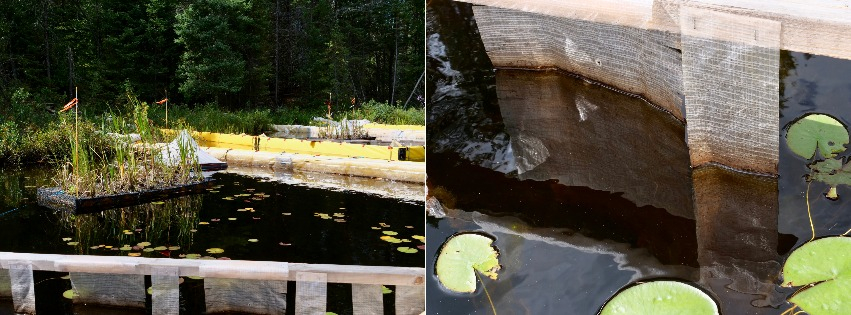
“So we had enclosures that are sort of straddling where the water meets the land. Those enclosures are five metres wide by 10 metres long, and they extend up onto the land. So we spilled the oil in the area right adjacent to the shoreline,” Palace said.
A litre of oil was spilled in each enclosure, and was left to interact with the subset of the ecosystem for four days before being cleaned up using the industry’s standard practices. While that process is finished, the remainder of the research will look at how the spill affected the freshwater marine life, as well as exploring a variety of ways to further break down and remove what oil remains in the water.
Palace hesitates to assign a final number to how much oil was recovered from the enclosures when done to industry standard — explaining the final figures still have to be verified — but says it was in the range of 20-40 per cent.
So up to 80 per cent of oil spilled in freshwater isn’t recovered, which explains why the second aspect of the study is so critical.
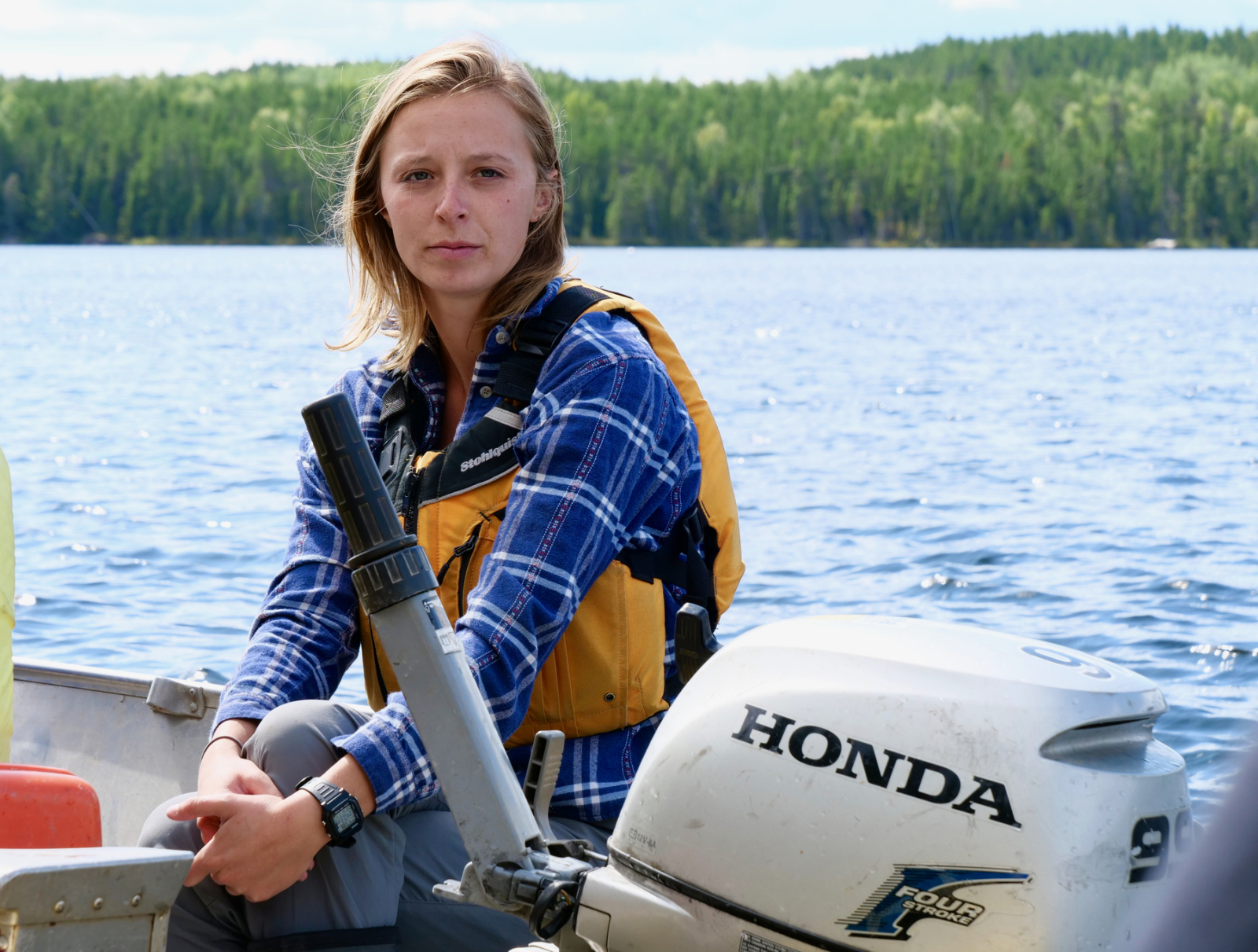
For her PhD research topic, Madeline Stanley is looking at the potential for man-made wetlands to break down oil after a spill. Photo by Sarah Lawrynuik
Madeline Stanley, who is working on her doctoral research at the University of Manitoba, will look specifically at how engineered, floating wetlands can break down the remaining oil.
“We use a bioremediation approach to successfully and effectively degrade residual oil in the environment without causing any sort of more degradation,” she said.
The idea is that if these man-made wetlands prove to be effective at remediating the oil, they would be grown in anticipation of disasters so they could be deployed wherever a spill occurs.
Palace says studying oil and its interactions with freshwater and the marine life of lakes is still largely unexplored. Most research done on oil spills is borne out of emergency situations, so no controls are available, and most of the research is done in salt water or rivers.
“We're transporting oil from the north of Alberta near Fort McMurray. It's either going east or west to refineries, crossing bodies of water where that type of deposit would never normally be seen,” he said.
CAPP was asked to comment on the oil-spill research they are in part funding, but a spokesperson declined, directing all questions to the ELA.
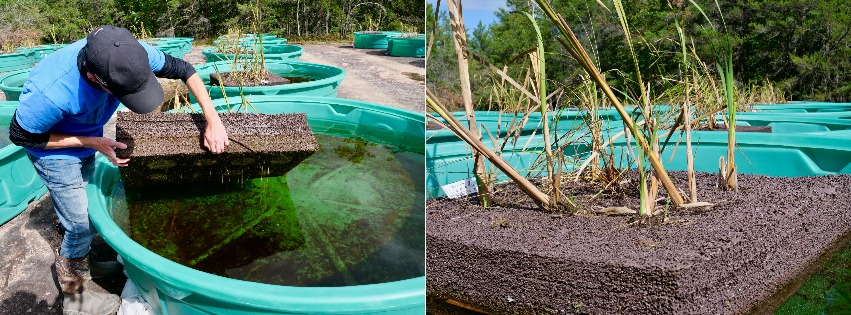
Palace says though the oil industry is represented in the financial backing for this project, it has no say in what findings are published. He adds that he believes spearheading this type of partnership will hopefully take some of the politics out of the science.
“When you have that kind of breadth of perspectives in a project, we think that will lead to the most impactful science,” he said.
The oil research is just one current project by which the ELA demonstrates how science can have an effect in Canada, but other long-term research — like that done on climate change — also serves to prove its continued importance.
Smaller fish, darker waters: an entire ecosystem hanging in the balance
The ELA began studying climate change by accident: simply collecting unbroken data regarding the physical, biological and chemical characteristics of numerous lakes and streams to reflect the entire ecosystem. It wasn’t until later on that it became clear the data directly allowed researchers to see the climate changes and effects that have occurred over five decades.
“We’ve built up quite the extensive data set,” said Scott Higgins, a freshwater ecologist and research scientist at the ELA focusing on the effects of climate change.
“One of the big problems in studying climate change anywhere,” Higgins said, “is it’s hard to isolate the effects of a change from other impacts — say, human impacts or nutrient loading, or invasive species, the list goes on and on — and most lakes and rivers that people have studied are closer to human populations. So there can be large problems with multiple stressors and it’s hard to isolate climate effects. So I would say that’s what makes the data set at the ELA the most unique.”

Researchers look for the least invasive ways of monitoring fish populations. So instead of killing a fish to find what is in its stomach, they perform what’s called a ‘gastric lavage.’ Pauline Gerrard, deputy director of the ELA, shows off the contents of the stomachs of several fish. Photo by Sarah Lawrynuik
Higgins explained that the main effects of climate change impacting northwestern Ontario are warming air temperatures and a trend in increased precipitation that has been ongoing since the 1990s. On an average annual basis, the ELA’s meteorological site tracks warming of about 0.5 C per decade — much faster than the global average.
“That’s pretty common for the latitude we’re at, but what is often missed in this is unpacking what that number actually means. When you actually break it down by month, you find out that, actually, almost all of that temperature change is occurring during the winter and shoulder seasons. And that is when the lakes are ice-covered.”
So temperature changes in this period are leading to ice freezing on the surface of the lake later in the fall, and melting earlier in the spring. On average, there are four fewer days of ice coverage each decade, which may sound insignificant, but it’s life-changing if you happen to be a fish.
“There’s a number of cold-water fish species, like lake trout, that during the summertime — they call that their starvation period — they go down deep into a lake and there’s not a lot of food down there, so they wait it out. Their main feeding periods are in the spring and the fall when the surface temperatures are cooler. So as the summer gets longer, essentially, these lake trout are growing slower and slower. Their sizes are getting smaller,” Higgins said.
“We’re already at the southern boundary of lake trout habitat, so I suspect that over the next decades, many of the lakes that support lake trout now just won’t support them anymore.”
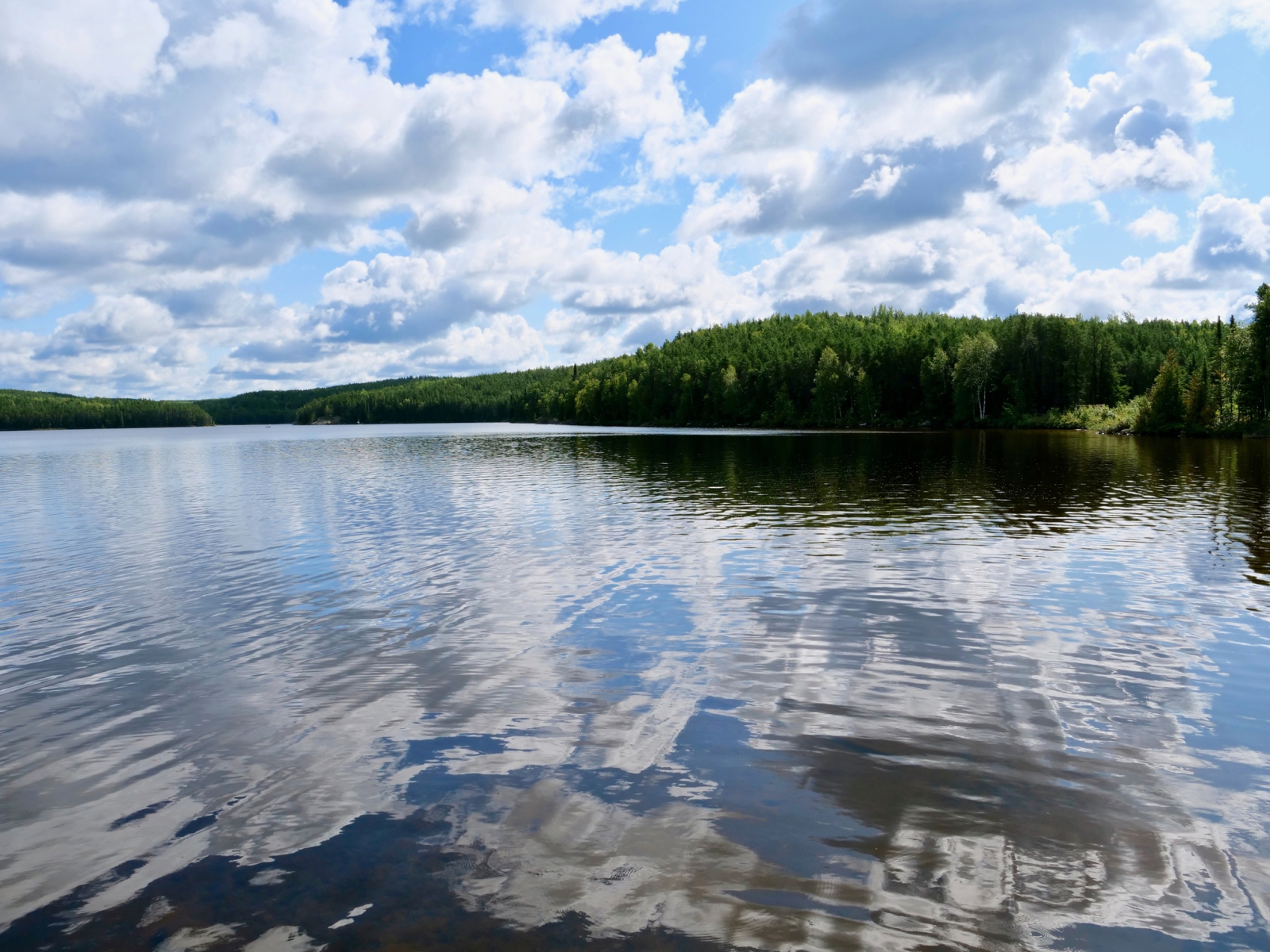
Five of the 58 lakes serve as control lakes, meaning there are no changes ever made to them, but they are still constantly monitored to see long-term changes, which are the result of factors outside the control of researchers. Photo by Sarah Lawrynuik
This kind of shift for a species in the highest rungs of a lake’s food web demonstrates how widespread climate change’s effects can be. And, for this region of the province, a threat to recreational fishing means a threat to the tourism industry, which is one of the biggest economic drivers. For a lot of remote communities even further north, longer periods without ice mean longer periods of the year they can’t access resources through the use of ice roads.
But that is only half of it, Higgins explains, also pointing out the importance of considering increased precipitation. Increased rain brings increased nutrient runoff from the surrounding areas of a lake, which in many parts of the country means increased runoff of nitrogen and phosphorus coming from agricultural lands, leading to problematic — and often expensive — algae blooms.
One need look no further than Lake Winnipeg to see evidence of what can happen when there’s an increased presence of nitrogen and phosphorus: a green slime that cultivates on the water’s surface every summer. Now the City of Winnipeg is grappling with a bill for more than a billion dollars to upgrade sewage-treatment plants to try to mitigate the problem.
But even seemingly out of the reach of humans, researchers analyzing the waters in northwestern Ontario are still seeing changes in the lake from increased rain. More dissolved organic carbon runs into the lakes from the floor of the boreal forest, changing the colour of the lakes to a darker blue or even brown colour, allowing less light to pass through.
The effects of this are still being studied at the ELA, but the researchers believe this change will disrupt what types of micro-organisms are able to live deeper in the lake, thus again threatening a food source for fish.
“And some of that carbon that comes in is worked over by bacteria and released back to the atmosphere as (carbon dioxide). So lakes can be sources of (carbon dioxide) to the atmosphere and (carbon dioxide) is a greenhouse gas. And so this is a positive reinforcement on the climate cycle,” Higgins said.

Quads and small boats serve as the main means of transport around the ELA. Photo by Sarah Lawrynuik
On the flip side, while northwestern Ontario is experiencing increased levels of precipitation, that isn’t true of all geographic regions. So in order to study what happens in areas seeing less rain, the ELA researchers set up a project where water was diverted away from Lake 626, simulating less rainfall. In this scenario, the opposite effects were monitored, but clearer water means light can penetrate deeper into the lake, warming it more than usual and again changing the habitat in a significant way.
Election season: Should researchers be worried?
With the federal election campaign now upon us, the question is glaring: could there once again be a reversal in financial support for the ELA and these kinds of research projects?
At a funding announcement in late August, Liberal candidate and incumbent Bob Nault said continued support for the ELA was a no-brainer.
“We know a lot more now than we've ever known,” Nault said. “We have to set our priorities right and make sure we can afford to keep going forward with science and not let politics get in the way.”
Neither Conservative Leader Andrew Scheer’s campaign nor the campaign of Eric Melillo, the Tory candidate for the Kenora riding, responded to National Observer’s request for comment.
But if the federal Conservatives take the lead from their provincial counterparts in Ontario and Manitoba, the time for researchers at the ELA to be nervous about elections may soon be ending.
“Our government is proud to be making investments in quality science and research that will help us to protect and enjoy our waterways and freshwater ecosystems,” said a statement from the office of Ontario Energy Minister Greg Rickford.
Michael Paterson is a research scientist at the ELA and has worked there for nearly 30 years. He says he’ll never lose track of how bad things can get — where, at one point, his job would have been at risk for even speaking to the media — but he is hopeful things have hit a tipping point back in science’s favour.
“We do see ourselves as being in the information game,” Paterson said. “If we, as a society, want to make effective decisions about how to deal with issues related to the environment, we need knowledge. And that knowledge is needed no matter where you sit in these discussions.”
No "self-respecting"
No "self-respecting" politician of ANY stripe can afford to be caught without his/her armor of viable scientific information. It is equally clear that no reliable scientific information can exist without long term monitoring and evaluation. Nothing in nature stays the same, and the relative brevity of humanity on this planet should be the proof of that assumption. How long our reign may continue depends on our ability to adapt to change. The key to survival is the evolutionary pressure to reward successful adaption. Is humanity capable of this requirement? The jury is still out.
Hi Betsy,
Hi Betsy,
My knowledge may not be up to date, but last I read thoughts were that the Homo sapiens haven't changed much over the last 50,000 or so years. So if that's true we spent nearly 40,000 years eeking out a living using stone tools and painting on cave walls, and the last 11,000 or so years enjoying the benefits and "progress" of the Holocene epoch, which a number of climate scientists believe is now over. One suspects that in the meantime we've set enough progress traps for ourselves that returning to the caves is not a viable option.

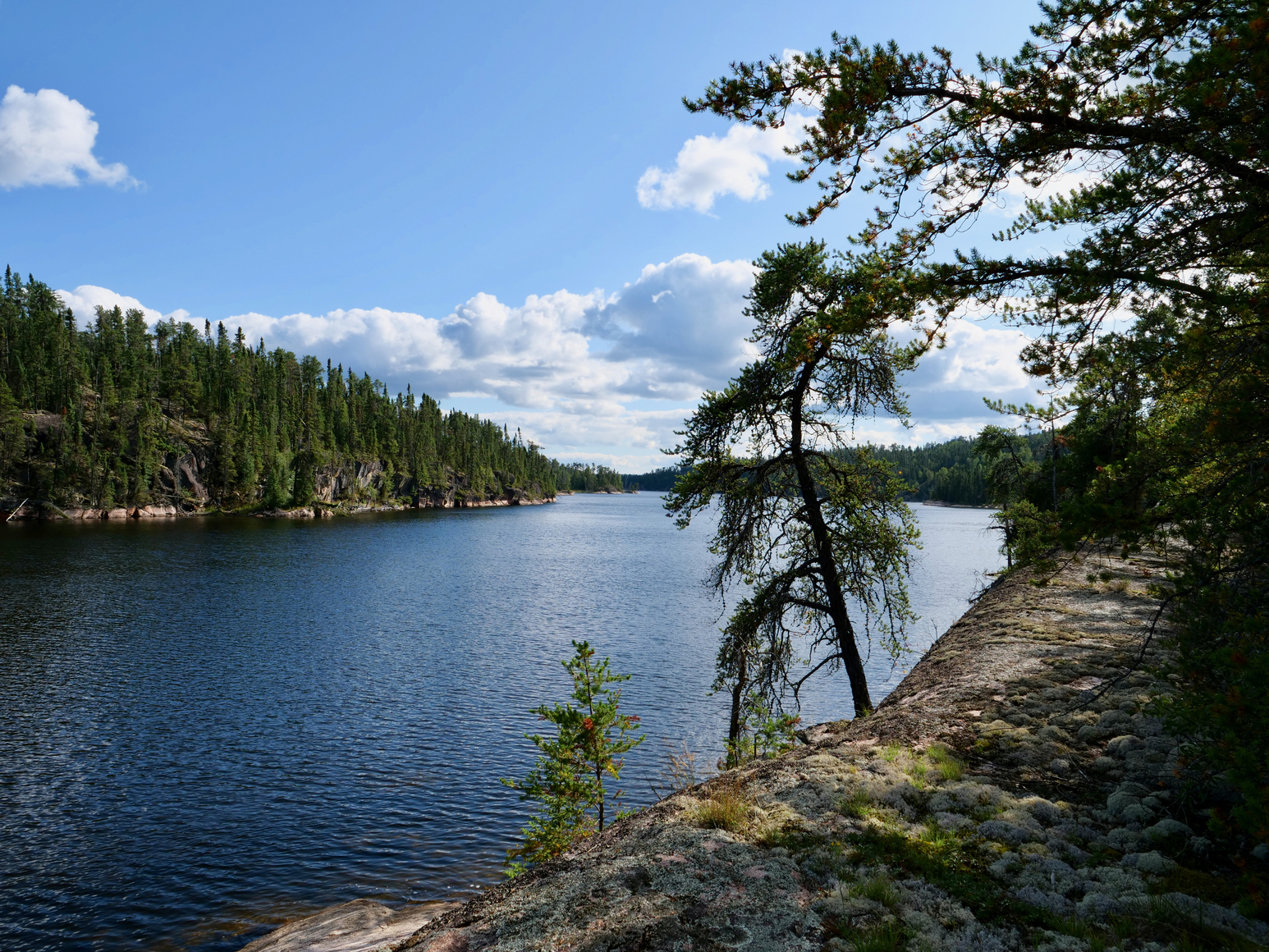



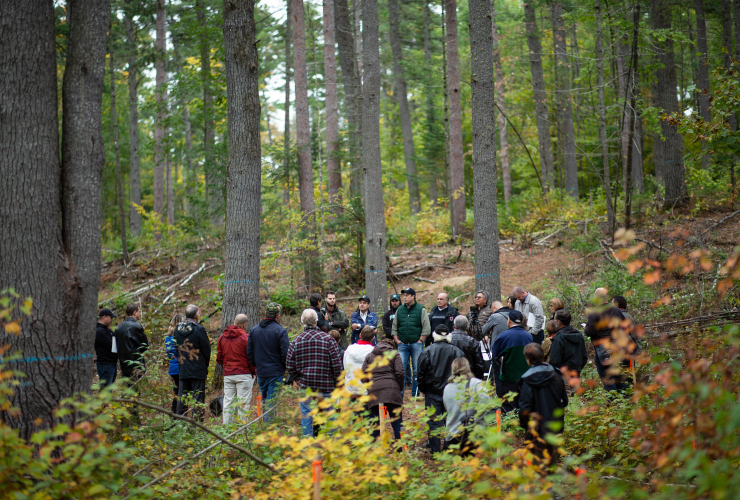

Comments